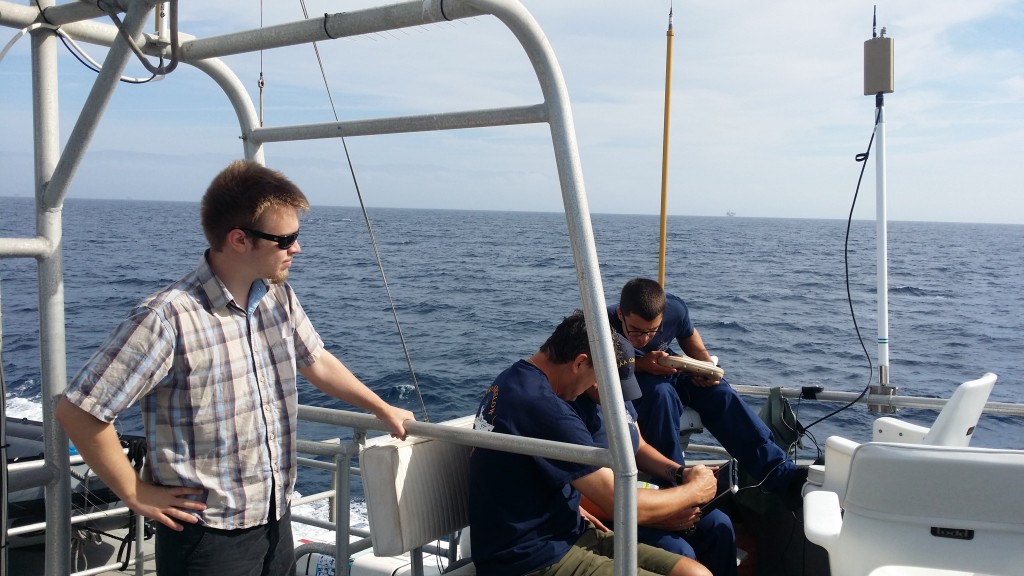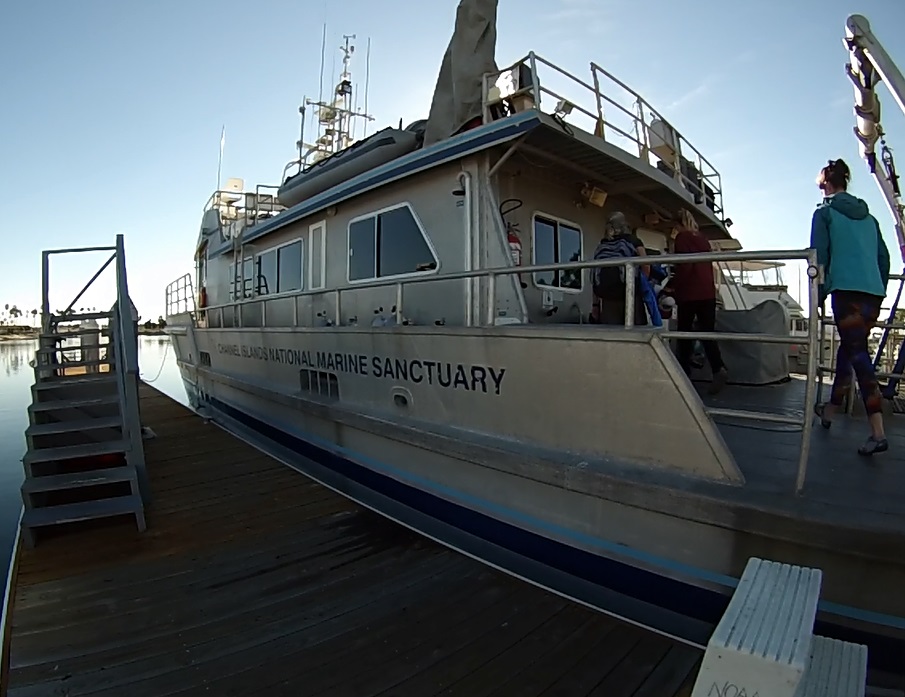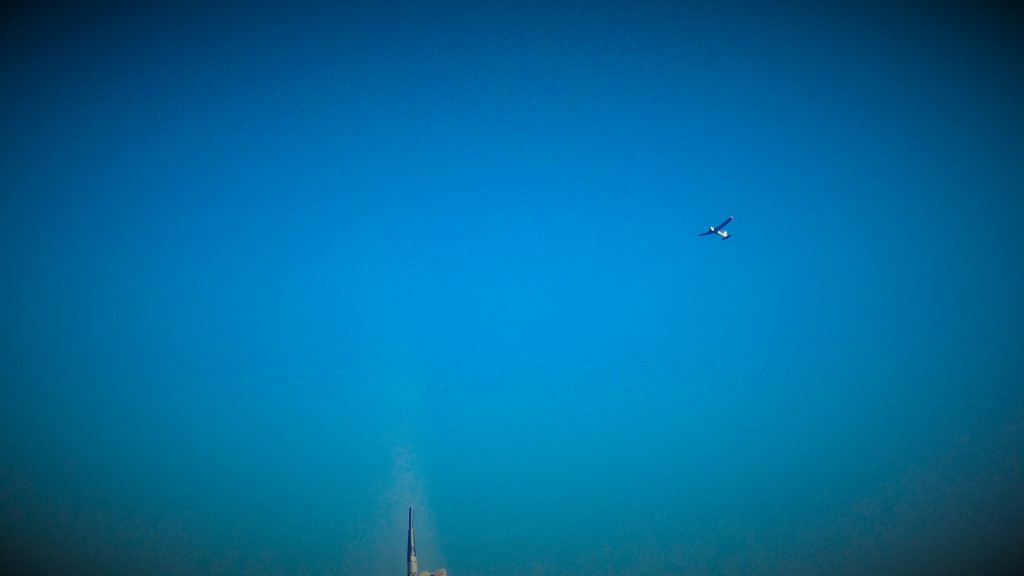First NOAA collaboration
With the new cooperation between the university and NOAA, we are able to share resources in multiple ways, from the sharing of equipment, vessel usage, training and much more. The NOAA Center of Excellence for Unmanned Technologies invited our team to come observe a test mission using the AeroVironment Puma UAV aboard the research vessel the R/V Shearwater. This last Monday, team leader Paul Spaur, and member Tim Holcombe joined the multi-disciplinary NOAA team on the R/V Shearwater at the Santa Barbara Harbor. The ship set out into the Santa Barbara Channel and ran a series of 10+ flight missions, launching the UAV while at sea.


The Puma is a fixed wing aircraft that is constructed with high impact foam, allowing it to be very light, and very durable. It was designed to land on water, and has a modular payload system. The payload systems enables it to carry a variety of imaging and sensor packages. The craft has stand alone video capabilities which can be used by one or two people, an autopilot system allowing for way point navigation, and gimbaled cameras with the ability to zoom in, and switch to an infrared / thermal view. The unit has a robust radio system, allowing for long range data, video and control. The unit is piloted by NOAA Corps Officers that have been trained and certified in flying UAVs.

Remotely piloted technology is giving agencies such as NOAA the ability to better understand and protect natural resources. Unmanned aircraft can be used to survey and inventory marine mammals, vegetation, survey coast lines, monitor for poachers and illegal fishing and much more. Unmanned surface or underwater vehicles can monitor underwater sounds, whale and other large marine mammal behavior and migration, monitor vessel noise pollution, monitor fish populations and much more. These systems can provide around the clock monitoring and research, and offer the added benefit of reduced costs, allowing greater coverage, especially in remote places that have limited resources. The cost of one flight with a traditional aircraft could pay for nearly a season worth of flights with a UAV. In addition to the monetary savings, electric UAVs can reduce the impact to the environment by reducing the amount of noise, and emissions.


